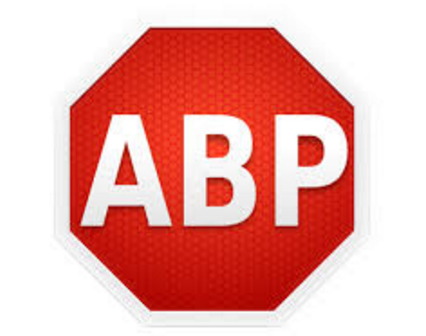How does Adblock Plus make money?

Adblock Plus has pledged greater transparency for its users and has made a start by revealing how the company generates the revenue required to keep going.

It turns out that licensing is key for the popular adblock software through the Acceptable Ads program, which allows certain "whitelisted" adverts to slip through the net. While this ensures users do not have a completely ad-free experience, the larger the company that wants their ads seen, the more they have to pay.
Adblocking is becoming increasingly popular with an estimated 200 million monthly users of the software. By app or extension, adblocking automatically blocks many of the ads which clutter up web pages, including pop-ups and irritating, animated adverts.
While users may enjoy a cleaner experience, ad networks and publishers are missing out, as eyeballs on ads provide an important revenue stream for many free online services to keep going.
In a blog post on Wednesday, Job Plas, Senior Manager of Global Partnerships at Adblock Plus, said the company still tries to subscribe to the inherent transparency of open-source projects, since this is where the firm began.
While non-disclosure agreements (NDAs) do prevent this in a variety of ways, Adblock Plus does wish to dampen some of the criticism generated by these NDAs by revealing how profit is made.
The Acceptable Ads feature in Adblock Plus aims to provide a "common ground" between users and providers of free content online which rely on adverts to generate revenue. The program allows adverts to slip through the blocking net as long as the company in question pays a license fee.
Security
The Acceptable Ads scheme requires that adverts are not animated and should not "interrupt the user's natural reading flow." In addition, ads should be clearly marked so users are not duped into thinking they are part of the website's original content.
"No applicant will be favored or treated differently, and no one can buy their way onto the whitelist. Everyone must comply with the criteria and everyone goes through the same process before the ads qualify as 'acceptable,'" the firm states.
Adblock Plus generates revenue mainly through the Acceptable Ads program. According to the company, some users do donate, but the bulk of cash comes from the whitelisted ads licensing model. If a company gains over 10 million ad impressions a month extra due to the Acceptable Ads program, they must contribute towards Adblock Plus' upkeep.
"For these entities, our licensing fee normally represents 30 percent of the additional revenue created by whitelisting its acceptable ads," Adblock says.
However, 90 percent of whitelist licenses are granted for free to small companies that do not reach this ad impression level.
There's no black-and-white answer when it comes to ads for users who hate a cluttered Internet and content providers which need ad networks to generate enough revenue to keep free websites going. Unless more of us are willing to adhere to subscription-based models for our favorite domains, adverts are likely to remain a necessity for some time to come.
2015 Holiday guide: Gifts and gadgets for under $100
Read on: Top picks